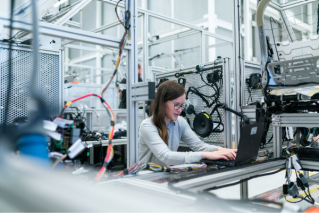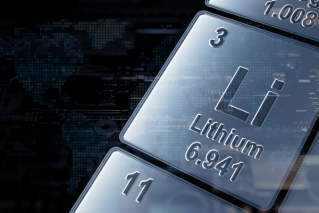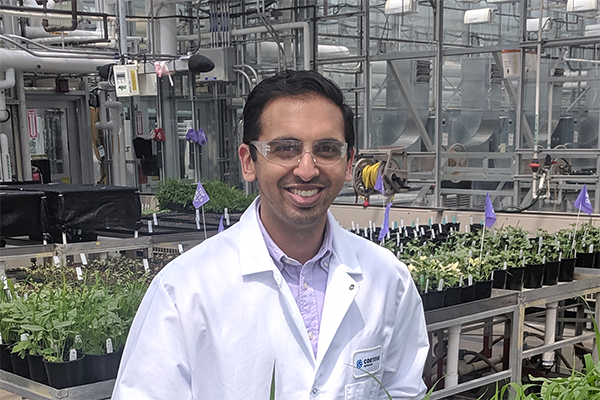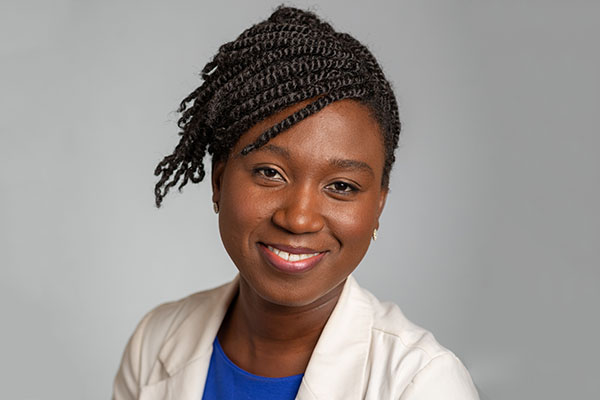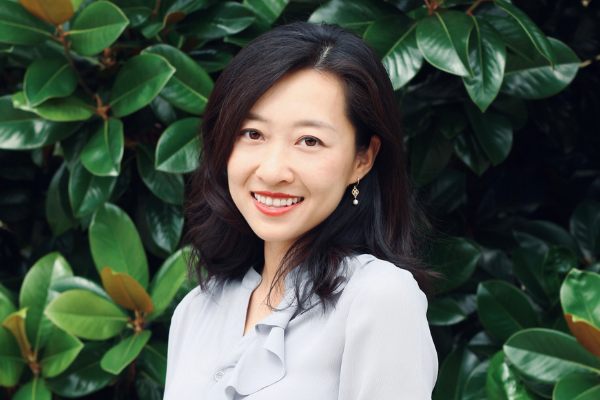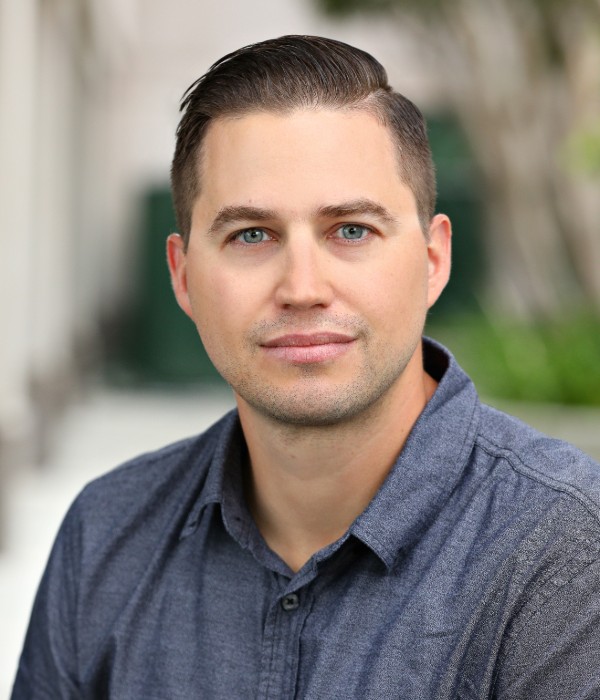By: Leigh Krietsch Boerner, special to C&EN
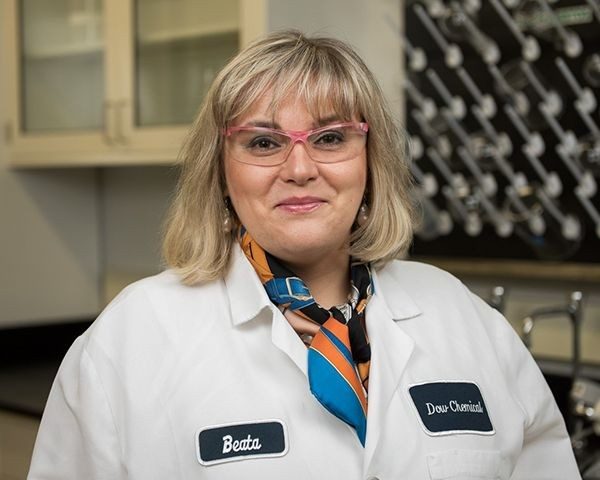
Beata Kilos-Réaume is a catalyst aficionado. While studying chemistry at Adam Mickiewicz University in Poznan, Poland, she attended a talk about zeolites by her future PhD adviser. Kilos-Réaume was fascinated by the materials, which began a catalytic love affair that’s still going on. She continued her study of catalysts through graduate school, where she split her time between her native Poland and France, where she traveled as a Marie Curie Host Fellow at the Institute of Research on Catalysis and the Environment of Lyon. After a brief return to Poland and a 3-year postdoc at the University of California, Berkeley, in chemical engineering, Kilos-Réaume landed at Dow Chemical, where she’s been since 2008. Catalysis, she says, “is a field full of opportunities, where there’s a lot of fundamental knowledge that still needs to be developed.”
At Dow, Kilos-Réaume has also worked on social causes. She helped found the Women Chemists Committee of the Midland Section of the American Chemical Society as well as GROW (Growing R&D Opportunities for Women), which helped Dow institutionalize unconscious-bias training and launched career development and mentoring programs.
What’s the problem that keeps you up at night?
Catalysis is half art, half science. When I'm trying to design a new catalyst, I feel I have to see the atoms, just like a sculptor has to see what the stone is telling them it contains.
What was the last experiment you ran?
I’m working on several projects right now, mostly focusing on designing new catalysts for alkanes and alkenes functionalization. So I’m designing the catalysts, doing a lot of synthesis to make the right arrangements of the molecules to create certain sizes of cages, domain sizes, and to precisely control the active sites I am designing.
What’s your favorite lab tool?
My microreactors for testing the catalysts. That's the heart of how I get the catalysts’ performance data. In some cases I can also monitor catalyst changes during the reactions using in situ FT-IR [Fourier-transform infrared spectroscopy] or Raman spectroscopy. If I don't have this performance data, that's only wishful thinking or guesswork if the catalyst you created works or not.
What’s your morning routine like?
I set the alarm for way too early and hit snooze about 12 times. Then I snuggle with my Pomeranian, Jack; walk him; grab breakfast; and head to the lab.
What’s your favorite fun or interesting science fact?
Some of the chemicals we're discovering today were actually discovered hundreds of years ago. For example, some of the pigments used in Renaissance paintings are new to us.
What are you reading now?
A biography of Winston Churchill. He was basically a scientist at heart, but he was also an artist.
Why did you choose to be a chemist?
I'm a scientifically inclined woman from Poland. What do you think?
Chemistry is the sweet spot where, today at least, theoretical and empirical research are really linking together to drive big breakthroughs.

Leigh Krietsch Boerner is a freelance contributor to Chemical & Engineering News, the newsmagazine of the American Chemical Society. This interview was edited for length and clarity.

